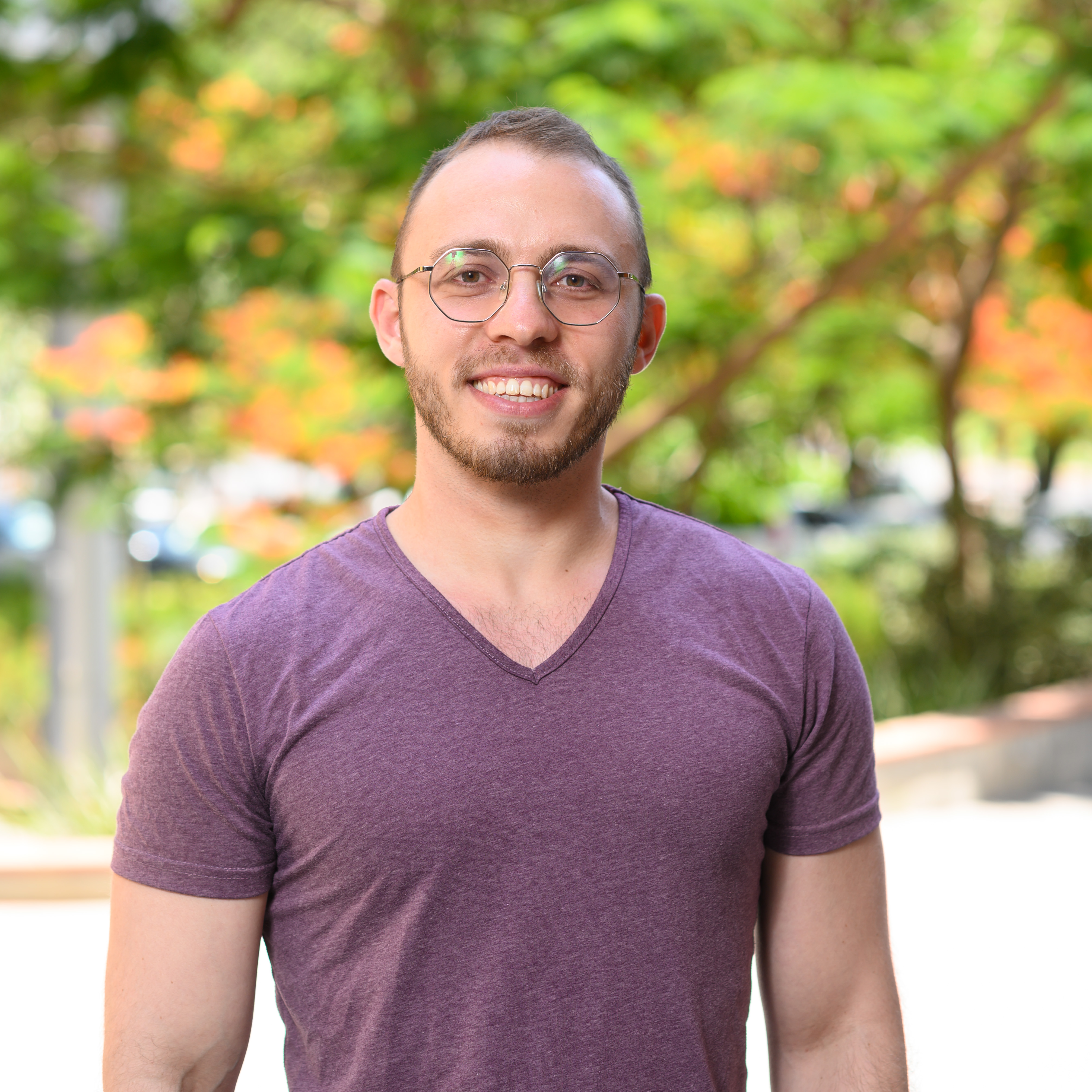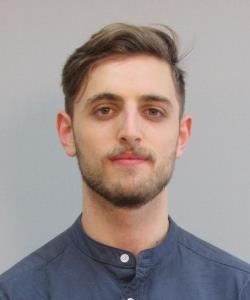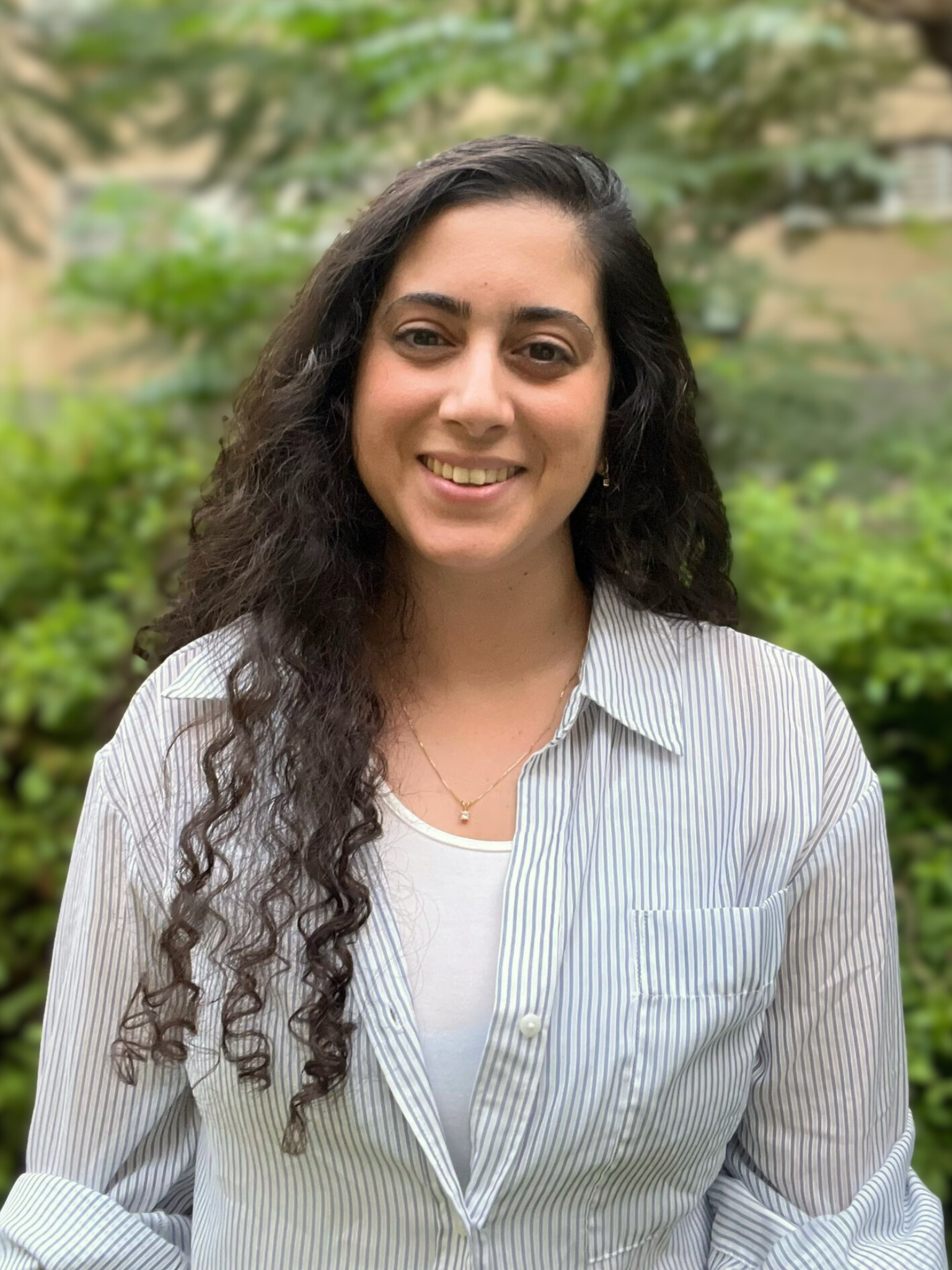Ilan Zemski

I am a PhD student at the Weizmann Institute of Science in the Department of Biomolecular Sciences, working in the lab of Prof. Ori Avinoam. My research focuses on Sarcalumenin (SRL), a conserved, muscle-specific protein located in the lumen of the sarcoplasmic reticulum (SR), the organelle responsible for calcium storage and release during muscle contraction. By combining membrane biophysics, high-resolution imaging, and developmental biology assays, I’m investigating how SRL might act as a membrane-remodeling scaffold from within the SR, shaping its structure and dynamics during muscle growth and regeneration.
With support from the Henry Krenter Center, I attended the Gordon Research Seminar (GRS) and Gordon Research Conference (GRC) on Molecular Membrane Biology in July 2025. The GRS offered a focused platform for early-career researchers to present their work and build meaningful connections. The GRC that followed brought together leading experts in membrane biology, including pioneers in ER structure and dynamics, and provided an in-depth look at current advances in organelle morphology, protein trafficking, and membrane remodeling.
Beyond learning about cutting-edge methods, the most valuable part of the experience was the informal, in-depth discussions with scientists whose work overlaps with mine. Their feedback has already helped me refine my experimental plans and think more broadly about the role of SR morphology in muscle physiology. I’m grateful to the Henry Krenter Center for making this experience possible.
Binyamin - Amichai Kliger

I am an MSc student in Valery Krizhanovsky’s lab at the Weizmann Institute of Science. My research focuses on cellular senescence in the brain, particularly the role of senescent microglia in driving neuroinflammation in Alzheimer’s and Parkinson’s disease.
In our lab, we have developed a genetic mouse model enabling the precise identification and targeted depletion of these cells to better understand their contribution to disease progression
Meeting description:
I will be attending the ARDD (Aging Research and Drug Discovery) meeting, dedicated to advancing research on aging. There, I will present a poster and discuss our latest findings using this novel mouse model, and exchange insights on senescence mechanisms and potential therapeutic strategies for age-related neurodegenerative disorders.
Shani Blumenreich

My research focuses on the evolutionary dynamics of sphingolipid synthesis pathways in fungi. Using a combination of bioinformatics and experimental approaches, I investigate how sphingolipid metabolism has diverged across species, with particular emphasis on the structural and functional roles of key enzymatic subunits.
About the meeting:
I will be attending the 2026 Glycolipid and Sphingolipid Biology Gordon Research Conference (GRC), a premier international forum for cutting-edge and unpublished research in the field. The meeting focuses on fundamental molecular mechanisms involving sphingolipids, alongside their roles in cell identity, immunity, and host-pathogen interactions.
Chen Davidyan

I am an M.Sc. student in the lab of Dr. Eyal Karzbrun in the Department of Molecular Genetics. My research focuses on developing a new microfluidic platform for the spatially controlled delivery of morphogens within stem cell colonies. The system is designed to explore how morphogen gradients interact with mechanical forces to influence cell patterning during human gastrulation.
With the support of the Henry Krenter Center Travel Grant, I will present our work at the Gastrulation Reloaded – Developing, Engineering and Evolving the Body Plan conference, to be held in October 2025 at Institut Pasteur. This meeting covers fundamental biology topics such as morphogenesis, mechanics, signaling, and tissue engineering in early embryonic development, and aims to foster collaboration across developmental biology and engineering.
By presenting our work at this meeting, I hope to receive valuable feedback from leading experts and build essential connections that will support both the project and the establishment of our new lab’s presence in the global community.
I am truly thankful to the Henry Krenter Center for making this experience possible.
